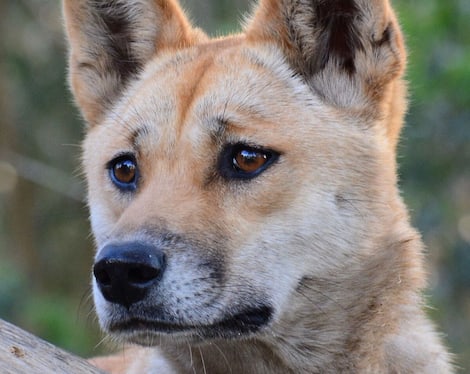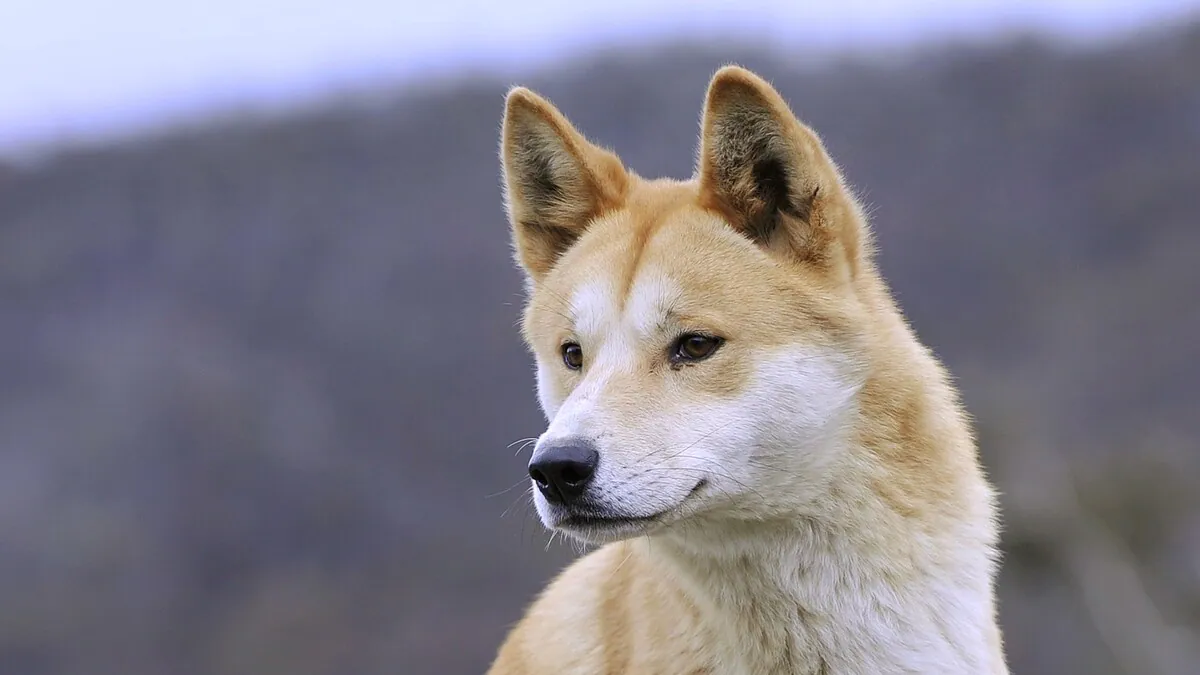A new study, published Friday in Science Advances, shows that dingo dogs may be closer to stray dogs in appearance, but that these dogs are actually genetically intertwined between wolves and dogs.
The species, which is respected in Australian Aboriginal culture but hated by farmers, has become the No. 1 predator on the island continent since the disappearance of the Tasmanian tiger over the last century.
However, study co-author Bill Ballard, from the Universities of Latrobe and Melbourne, told AFP that “the dingo’s position on the evolutionary scale has been a source of division for some time.”
Some believe that the slender, reddish-brown dogs, which were introduced to Australia between 5,000 and 8,500 years ago, are simply an alternative form of domesticated dogs.
The new study, a collaboration of 26 authors from 10 countries, compared the genome of a female desert dingo named Sandy, who was rescued in 2014 along with her siblings, with five types of tamed dogs and a Greenland wolf.

France Press agency
Their discovery: The dingo genome is structurally different from that of the boxer, German shepherd, basenji (or Congo terrier), the Great Dane, or even the Labrador.
But Sandy’s genome is still more similar to these domesticated dogs than to the Greenland wolf. Among the sampled breeds, the dingo was the closest to the German Shepherd.
“The Sandy Dingo of the Desert is in an intermediate position between the wolf and the domesticated dog,” Bill Ballard concluded, who would have a pure heart, and he and his team would also sequence the genome of the alpine dingo, a species of Australian Alpine, in the east of the country.
The team of researchers hope that their research into dingo evolution will shed light on the history of the ancient peoples who brought them from Southeast Asia.
Bill Ballard asserts, “At a certain point, they had to cross an arm of water with certain nomadic peoples.”
“Whether they were Aboriginal Australians, or people in contact with Aboriginal peoples, we don’t know,” the researcher continues.
Once the alpine dingo genome has been sequenced, the research team hopes to learn more about the timeline of events and begin answering other questions, including whether it was a single migration or in multiple episodes.
Like the North American wolf, the dingo is a source of deep division. On the one hand, his image is romanticized by city dwellers and plays a prominent role in indigenous culture, but on the other hand, farmers hate the animal, who fear its alleged attacks on livestock.
According to Bill Ballard, who also studied dingo metabolism, these dogs evolved to hunt small marsupials, which are not able to digest fat-rich foods easily. Lambs are more likely to be hunted by wild dogs or hybrids.
He hopes to be able to test this theory in future behavioral studies, thus exonerating the dingo.

“Subtly charming problem solver. Extreme tv enthusiast. Web scholar. Evil beer expert. Music nerd. Food junkie.”


